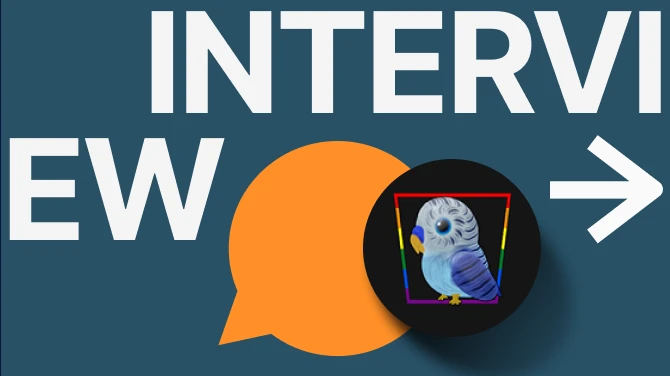What's the difference between Blade & Sorcery for PCVR and Blade & Sorcery: Nomad?
Nomad is a highly optimised version of Blade & Sorcery with Quest graphics and a few of the heavier gameplay elements removed to ensure the best possible performance on the hardware of the Oculus Quest 2. That's not to say it's an ugly game though, it's still one of the best looking Quest 2 titles from a graphical perspective!
As a quick summary, Nomad differs from the PCVR release in the following ways:
- Quest-optimised graphics.
- The "Citadel" map is not currently available.
- The maximum number of enemies that can be on screen at one time is limited to 3.
- Some of the resource-heavy Dungeon rooms have been removed.
- NPC wounds and blood decals on weapons are currently disabled for performance. (You can enable them in the game settings but be prepared for the occasional lag spike!)
You'll still get all the awesome features from the recent Blade & Sorcery U10 "The Dungeons" update in Nomad so you won't be missing out.
Nomad is being developed independently of the PCVR version and will likely receive fewer - but more substantial - updates. The original version will always include the "bleeding edge" feature set and is more likely to be prone to bugs, so Quest 2 players will get slower updates but a more stable experience.
How will modding work with Blade & Sorcery: Nomad?
At launch, modding will not be enabled. The current plan is for mod support to be activated in an update roughly 2 weeks later. At this point, modders can side-load mods into the game by connecting the Quest 2 to a PC via USB - in the same way that you would copy files to and from a removable hard drive. The folder structure you will see in the mounted storage is very similar to the PCVR version. Mods will be installed in individual folders to the BladeAndSorcery_Data\StreamingAssets\Mods directory.
Due to the side-loading requirement for modding Nomad, Vortex only supports the PCVR version. We are, however, talking with the WarpFrog team about ways we can make modding easier for Quest 2 players too.
Can I use existing mods in Nomad?
The short answer is, no. There are some significant differences in file formats that means mods may need to be re-packaged with the modding tools to be compatible with the Quest 2 version. If mods only contain JSON or DLL files it is possible they remain compatible, but it is strongly recommended that you only play with mods that were designed for and tested with the Nomad version. To that end, we've created a new game section for Nomad to avoid any confusion as to which mods are compatible. If you're a mod author, you can start setting up your mod pages today!
It is possible that some of your favourite mods may not get a Nomad version right away, or at all. We ask that you respect the choice of the creators who do not wish to support Nomad and if you would like to try porting it over yourself, only share the converted mods with permission from and credit to the original authors. Please consult the description and/or pinned comments of your favourite mods to see if the authors have shared their plans for Nomad before asking.
What do you think of Blade & Sorcery: Nomad? Which mods would you love to see in the new version? Let us know in the comments!









108 comments
Comments locked
A moderator has closed this comment topic for the time beingAhemDon't expect big mods, Scripting isn't a thing yet for Nomad. Meaning us developers don't have a lot to work with. All we can really do is Make weapons, And change Stats.. Which is why most spell mods just increase damage or spawn items. I'm really surprised by the work that the community has done though.edit: wow guns exist now
More specifically probably when scripting comes to nomad, which may be a while.